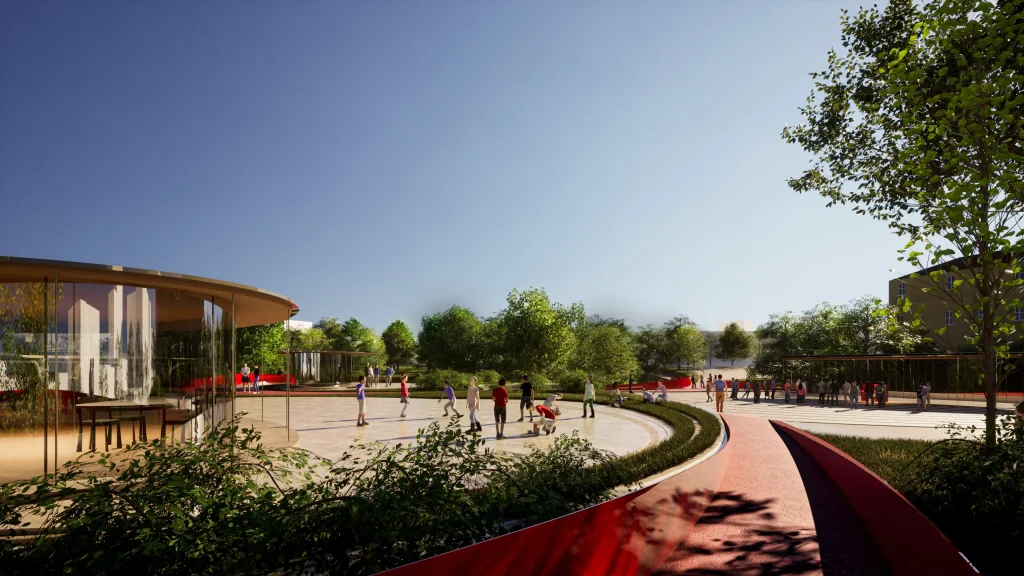
The Piazza Matteotti_Lodi competition, created by SOA_Architecture (founded by Stefano Bastia and Eurind Caka) in collaboration with Studio Tracce, intends to go beyond the purely utilitarian use of the existing public space, which is crowded with parked automobiles, deserted squares, and green spaces utilized exclusively for dog walksThe task is to preserve the location’s considerable historical relevance while revolutionizing the current area through modest public acts and repurposing it as the city’s new primary center.
This authentic urban practice results from a thorough examination of the surrounding area. It starts by determining the primary problems and opportunities existing in the current area, after which it creates a regeneration process intended to enhance the positive characteristics and address the most pressing concerns defining the intervention region. Working in conjunction with Studio Tracce, the study began with a comprehensive and analytical examination of the current urban axes, noting their functions and examining the primary draw, stakeholders, and more or less active and effective interest groups near the intervention site.
Project Components and Design Features
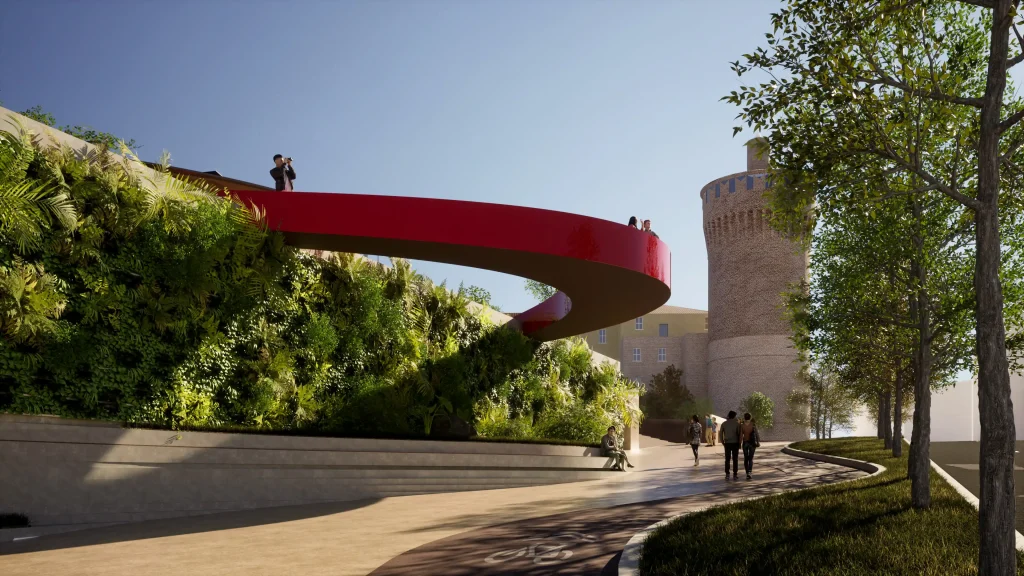
At the moment, Piazza Castello and Piazzale Matteotti seem disorganized in their arrangement and have little bearing on the larger picture. A collection of big places (green spaces and little squares) are not particularly connected or useful, and they lack a distinct character. Still, there are a lot of options. To fully realize their potential, a lot of important components need to be improved. By tying together all the elements that make up the project area, the “project system” hopes to make Parco dell’Isola Carolina fully permeable, functional, and a crucial component of the overall intervention.
By identifying three main poles that operate as magnets, the goal is to “attract” the city’s main axis and, consequently, its flows, into the project area. The place is made more immersive by these winding pathways, which also connect the many “rooms” and squares and provide a hierarchy among them.
Dynamic and Interactive Urban Space
The three primary components of the intervention emerge from the “ribbon,” which delineates the zones within the two squares and the park. At different times of the day, the areas enclosed by these paths will serve distinct purposes and draw diverse crowds. The project’s central “squares” are highlighted and delineated by a sequence of canopies, one for each space. The projections, which are arranged on three sides of the building to provide a fresh perspective of the city, the park, and the castle, help the project become identifiable despite its lightness. They also serve as landmarks, drawing attention to the project by allowing people to see the richness of the overhead space.
As a result, the square—which is elevated above the city—overlooks, introduces itself, and gains recognition. This makes the square the protagonist and issues a challenge to engage with this new area. The project not only revitalizes the two squares and the park, but it also seamlessly integrates into its surroundings. It also draws people to the area. This network of trails and squares forms a system of spaces that changes with the topography to create a diverse “natural landscape.” As a result, an amazing environment that is fully surrounded by vegetation is created with the intention of stimulating everyone’s imagination.
A square is a broad, open space that is encompassed by a populated area and serves as the starting point and destination of pedestrian routes and highways in urban design. Starting with this notion, the project seeks to create a new, diffuse, and branching concept of a square, where the area is experienced and seen dynamically along a journey that takes you to new places. Various pieces of furniture, places to sit, and scenarios created by the layout of the new roads and squares enhance this system and its spaces and pathways. Every aspect of the system is kept exciting to learn about and experience either independently or all at once, thanks to the diversity of scenarios.
Project Info
Location: Lodi
Year : 2024
Status: Competition – Winning Project
SOA Team: Eurind Caka, Stefano Bastia, Giovanni Ricci, Lorenzo Ercolani, Alberto Ercolani
Architectural Project: SOA architecture, Studio Tracce

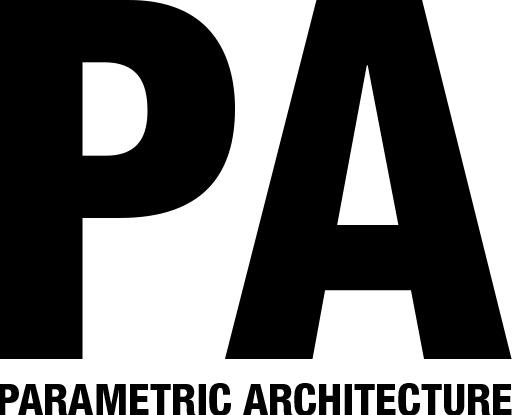


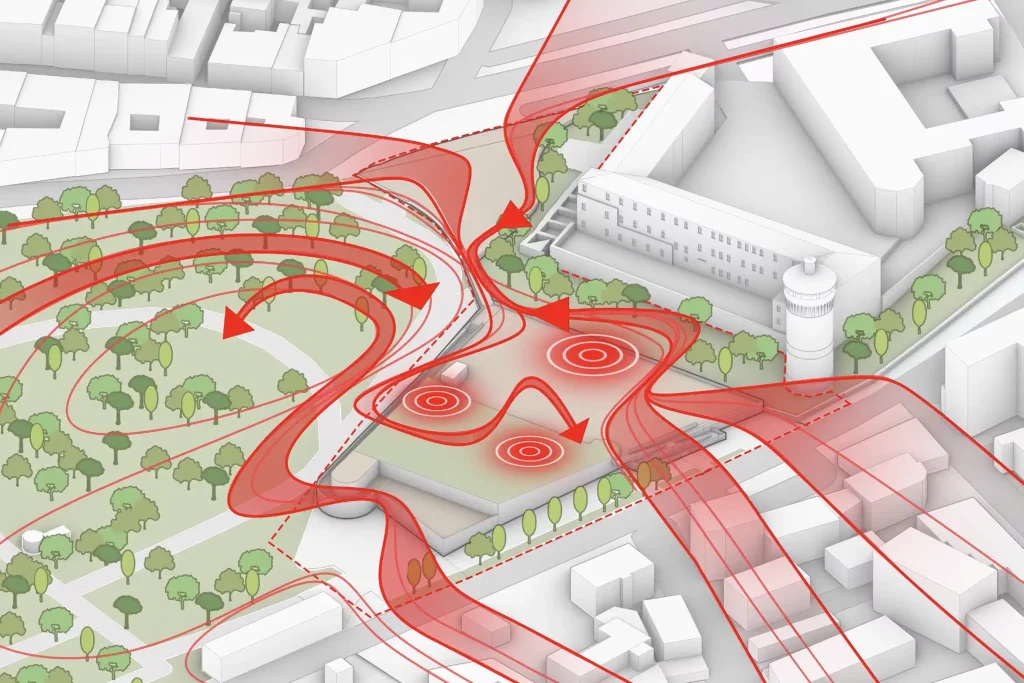
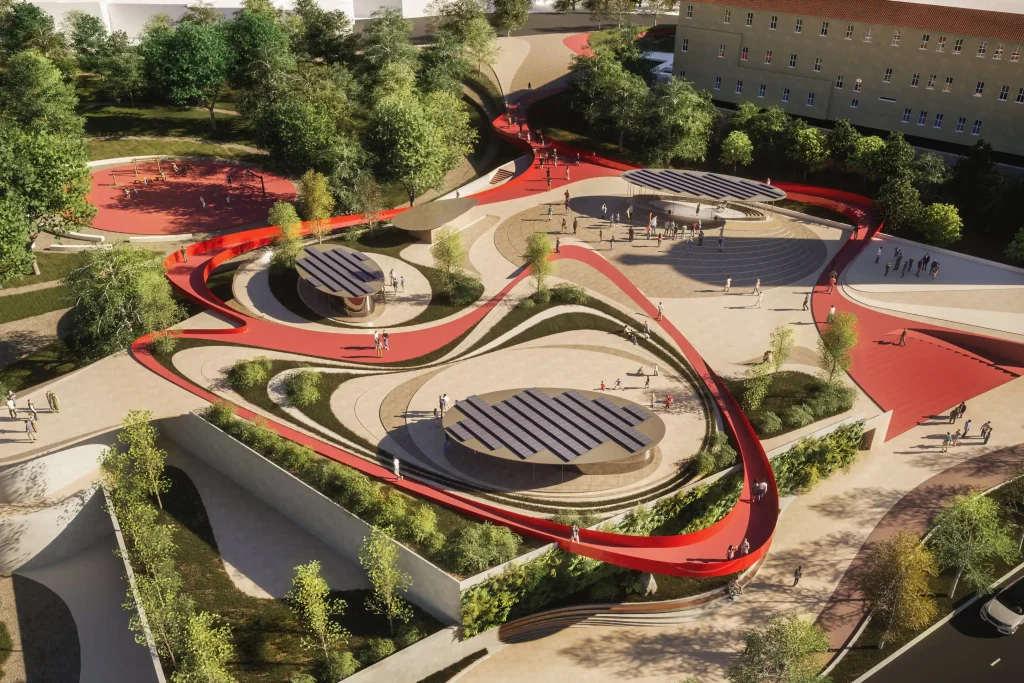
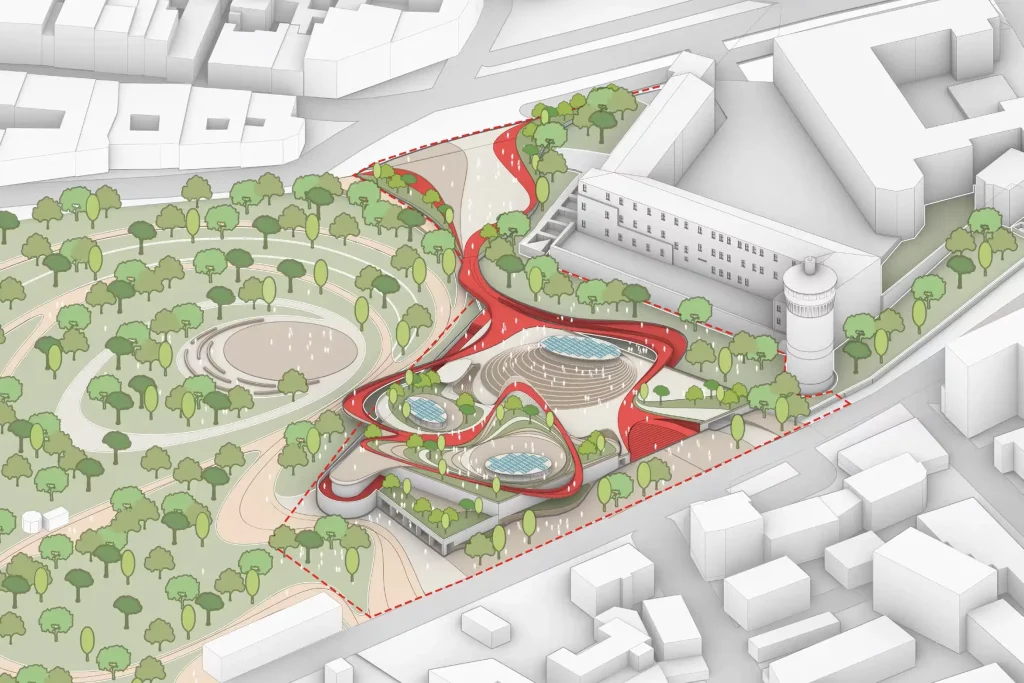
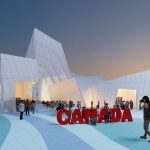
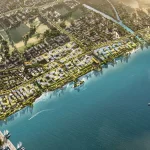
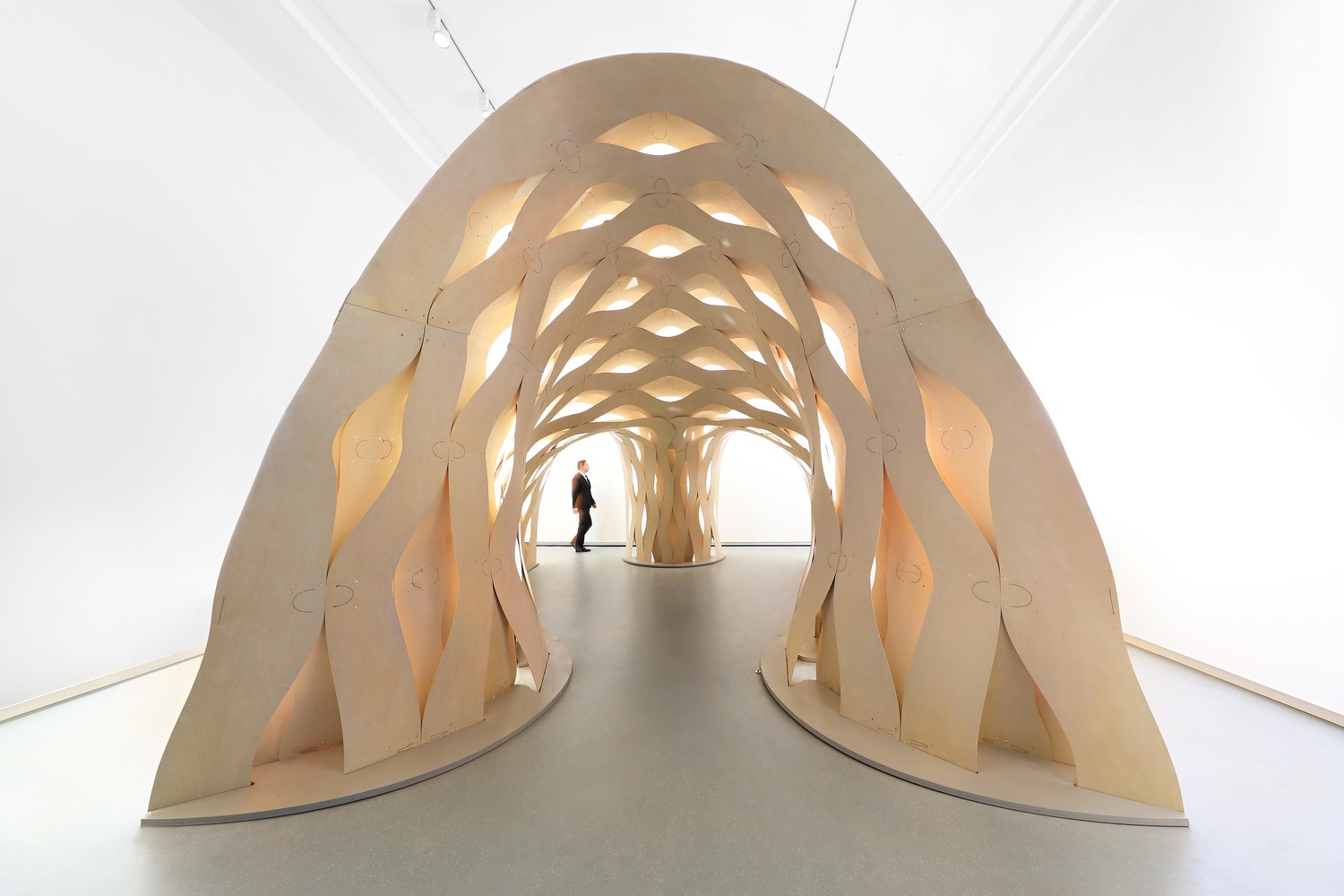

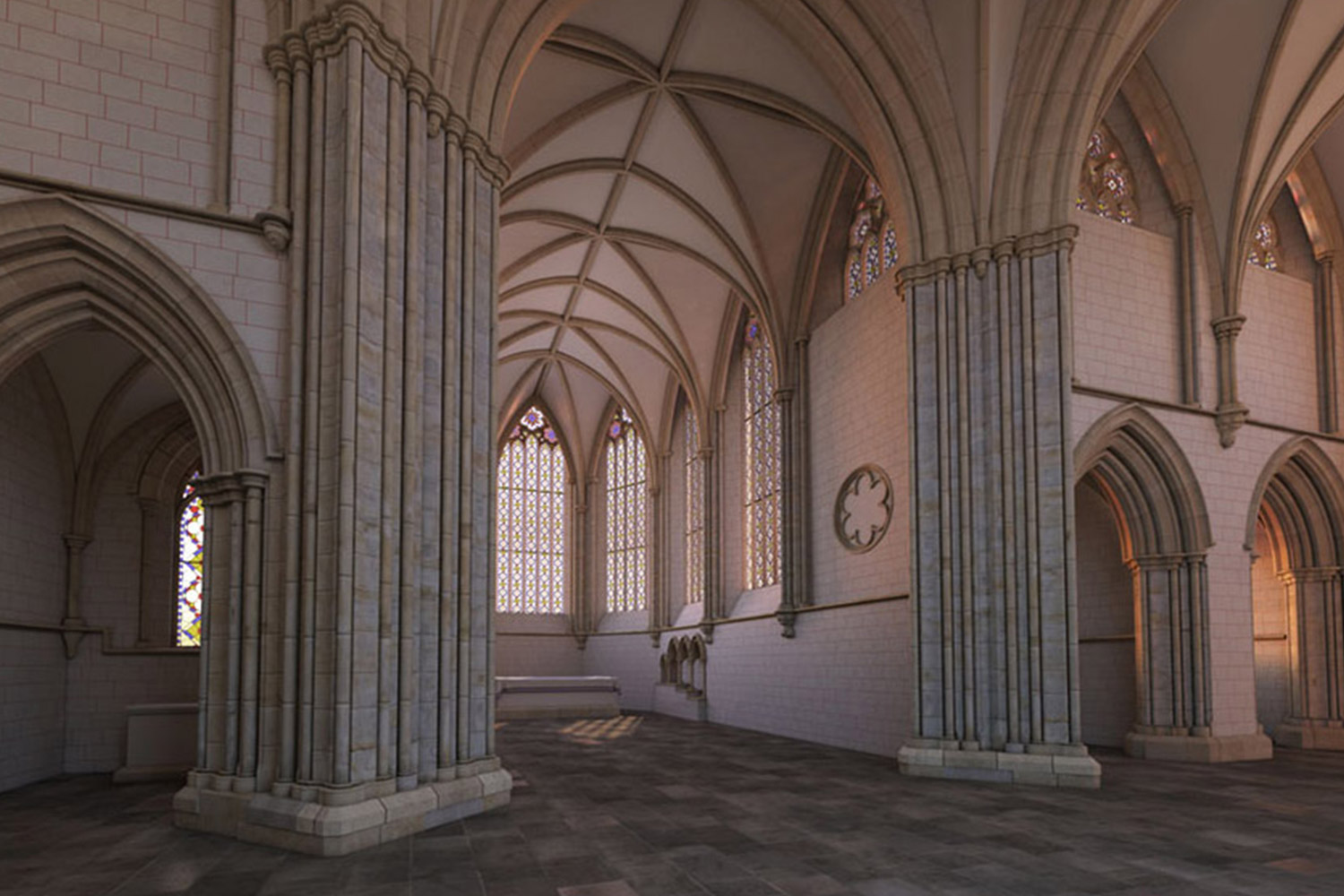









Leave a comment